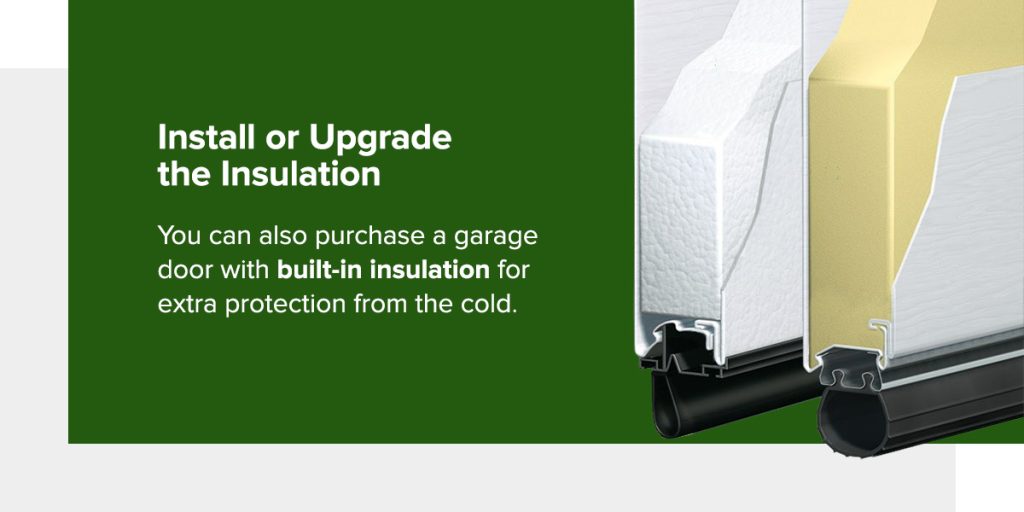Central Pennsylvania winters often come with frequent ice, snow and cold temperatures. If you want to have a pleasant experience going into your vehicle each morning, it helps to have a heated garage. Keeping your garage warm can also protect any temperature-sensitive items or supplies you store there.
The following three tips that will help you safely heat your garage in winter:
No two garages are alike. Before you choose a heating approach, you’ll need to evaluate several elements, such as the square footage of the space, how warm you want your garage to be and whether you have adequate insulation. If you plan to purchase a heating unit, these factors will help you determine the output it needs to deliver, measured in British Thermal Units (BTUs).
To calculate your BTU requirements, measure your garage’s length and width in feet, multiply the two figures together, and divide the result by 200. Multiply this amount by 6,000 if you have sufficient insulation or 9,000 if you have poor or no insulation to arrive at the appropriate BTU number.
Adding new insulation or replacing worn material is often the most cost-effective solution for heating a garage, as it will keep warm air from escaping. Insulate the ceiling and any walls directly exposed to the outside, place clear plastic shrink-wrap over windows, and use weatherstripping on the garage and entry doors. You can also purchase a garage door with built-in insulation for extra protection from the cold.

If you want your garage to be warmer after installing insulation, you may need to install a heating unit. Available options and some of the pros and cons of each include:
Detached garages are more challenging to keep warm due to their exposure to the elements on four sides instead of three. The same heating options are available as with attached garages, although you may need a heating unit with a higher BTU output.
The experts at Drake Reed Co. can help you determine the best way to heat a garage. We also carry a wide selection of insulated garage doors to meet your temperature control needs. Contact us for more information or call us at 717-266-2698!